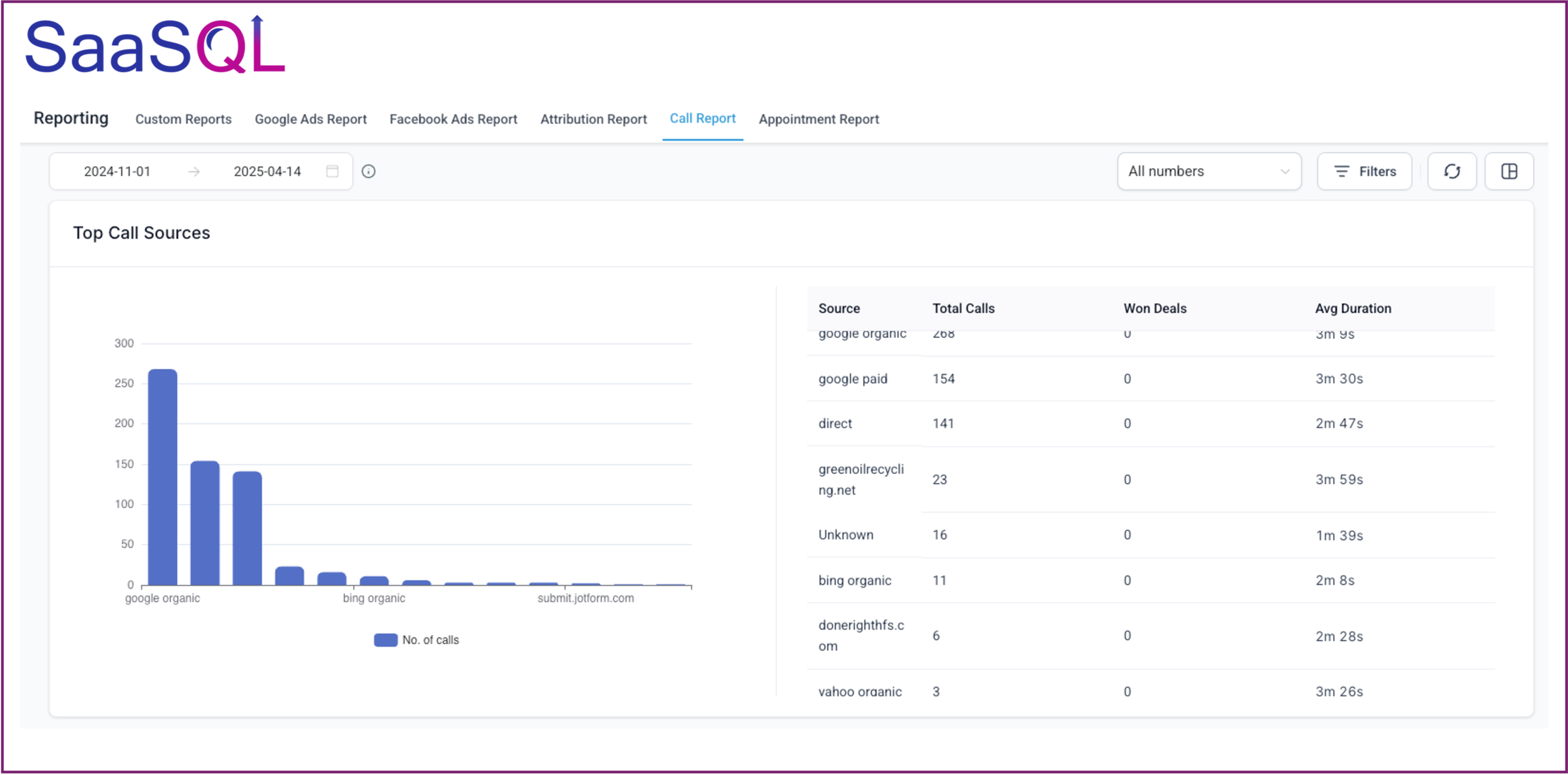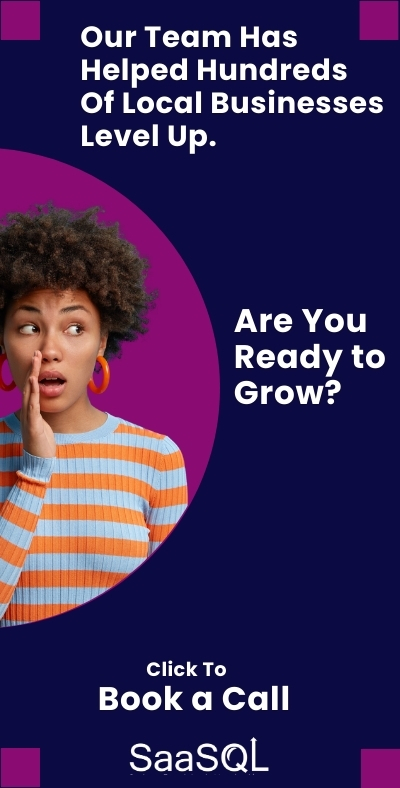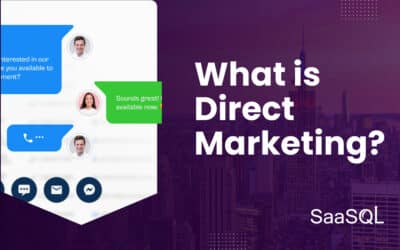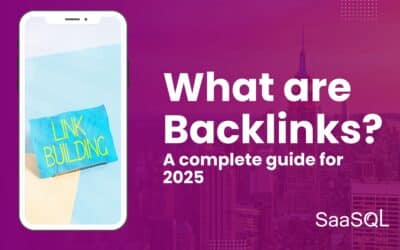Definition: What Is an AI Conversion Layer?
An AI Conversion Layer is the set of intelligent tools and automated interfaces that sit between website traffic and lead capture, designed to turn passive visitors into active prospects without requiring human intervention. These tools include AI chatbots, virtual assistants, automated SMS responders, and smart forms. Rather than serving as traffic generators, AI Conversion Layers act as always-on conversion engines, interpreting user behavior in real time and triggering personalized responses that accelerate the path to action.
Why Traditional Conversion Tools Are Failing?
Traditional conversion tools — like static contact forms, delayed follow-up emails, or live chat limited to business hours — consistently underperform in today’s fast-moving digital environment. Most site visitors arrive, poke around briefly, and then disappear. According to industry data, between 95% and 98% of local business website visitors leave without converting.
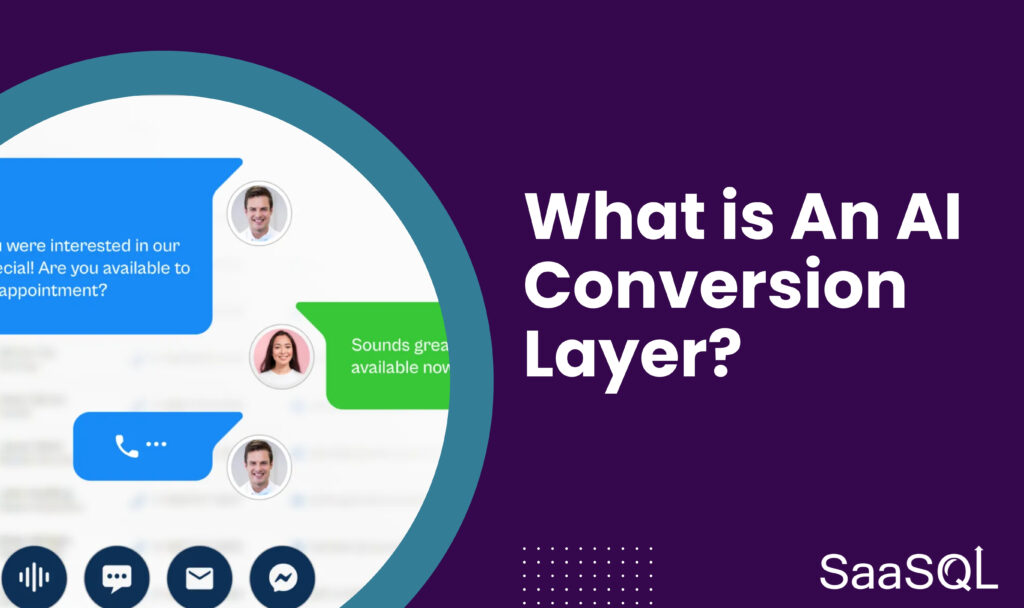
This failure isn’t about traffic quality — it’s about engagement timing and contextual response. Static forms don’t answer questions. Live chat goes dark outside of business hours. Follow-up emails arrive after the prospect has already moved on. In a digital environment where consumer attention is fleeting, these outdated tools leave conversion opportunities on the table. Today’s buyers expect real-time, personalized interactions — whether they’re browsing at 2pm or 2am.
A Forrester study found that 42% of U.S. adults now consider website chat essential for local business sites, up significantly from just a few years ago. This reflects a broader expectation: if a visitor has a question, they want an answer — immediately, and in context. That’s where AI Conversion Layers outperform. They don’t just wait for a visitor to reach out — they initiate engagement, recognize behavior, and tailor messaging on the fly. This responsiveness is what separates static websites from high-converting experiences.AI
How Do AI Conversion Layers Work?
AI Conversion Layers operate as intelligent, real-time systems that adapt based on each visitor’s behavior, intent signals, and context. Unlike static funnels or scripted chat tools, these layers combine conversational AI with automation to actively move users toward conversion outcomes. Here’s how the process typically unfolds:
- Visitor behavior is tracked in real time — including time on page, click patterns, scroll depth, and entry/exit paths.
- Based on this behavior, the AI predicts intent and launches a personalized interaction — such as an in-page message, chatbot prompt, or SMS follow-up.
- The system uses stored data and integrated CRM fields to customize messaging, product recommendations, or service paths.
- If appropriate, it can qualify the lead, gather relevant details, and pass it to sales — or guide the visitor to complete a transaction directly.
What sets AI Conversion Layers apart is their ability to respond at the right time with the right message — without manual intervention. When integrated into a company’s broader marketing stack, including email platforms, CRM tools, and the Sales Enabled Marketing methodology, these systems create a seamless experience that feels tailored, immediate, and frictionless.
The Business Impact: More Conversions Without More Traffic
Increasing marketing budgets to drive more traffic isn’t always the answer. In many cases, the better strategy is to maximize the conversion potential of the visitors you’re already getting. That’s where the AI Conversion Layer proves its value. When implemented effectively, AI-powered conversion systems routinely outperform legacy solutions.
Businesses that rely on manual follow-up or static tools often experience high abandonment rates. But when AI tools engage visitors in real time — guiding them, qualifying them, and personalizing the journey — conversion rates rise substantially. SaaSQL’s internal data shows that businesses using its Website Chat Assistant consistently achieve conversion lifts between 20% and 40%. These gains come not from driving more sessions, but from capturing more value per session.
This directly impacts customer acquisition costs. Instead of paying to drive additional traffic, companies increase revenue from what they already have. And because the AI system never sleeps, the gains continue after hours, on weekends, and during periods when traditional staff would be unavailable.
AI Conversion Layers also produce cleaner, more qualified lead data. These systems can segment and prioritize leads based on intent, source, and behavior, which streamlines handoffs to sales teams and improves close rates downstream. That operational efficiency creates a compound effect across the funnel.
Examples in the Wild
Forrester research shows that 42% of U.S. adults consider website chat essential on local business websites — up from 27% in 2019. That growth reflects rising consumer expectations and the increasing reliance on conversational marketing tools to drive results. SaaSQL’s Website Chat Assistant is a strong example of this in action.
By integrating AI-driven chat on client websites, it engages users the moment they land, adapts to their behavior, and routes them to the most relevant offer, team member, or call-to-action. Businesses report that this proactive engagement captures leads that would otherwise bounce — particularly during nights, weekends, or mobile sessions.
Other market examples include platforms like Drift, which personalizes B2B lead routing based on firmographic data, or Intercom, which uses behavioral triggers to automate onboarding and product tours. Twilio enables conversational flows across SMS, voice, and WhatsApp — reinforcing that the AI Conversion Layer spans beyond just web chat. Each of these tools shares the same goal: to make conversion a function of intelligent interaction, not just passive form-filling.
What was once considered customer support infrastructure is now recognized as a vital component of modern marketing performance.
The Future of Conversion: Always-On, AI-Powered
The AI Conversion Layer isn’t the future. It’s already here — and it’s quickly becoming the standard for modern digital marketing performance. As AI becomes more embedded in the customer journey, static experiences will feel increasingly outdated. Consumers now expect businesses to understand their intent and respond instantly.
This isn’t just a demand for speed — it’s a demand for intelligence. The brands that succeed will be those that shift from reactive to proactive engagement. In the coming years, AI Conversion Layers will move beyond websites and into every channel where intent is expressed — SMS, voice, WhatsApp, smart devices, and emerging platforms.
Conversations will start in one channel and seamlessly continue in another, powered by systems that remember preferences, context, and past behavior. The competitive edge will no longer come from traffic volume alone. It will come from how effectively a business can turn that traffic into value. And that means embracing AI not as a feature, but as a layer — one that works around the clock to convert interest into action, and action into revenue. Businesses that adopt this mindset now will be positioned to lead.
Those that delay will struggle to catch up in a market that increasingly rewards responsiveness, relevance, and results.
For more emerging terms and concepts, visit our Performance Marketing Terms to explore the full index.
Additional Resources
Forrester via Software Advice
Forrester is one of the most respected technology research firms in the world. In a recent analysis, they found that 42% of U.S. adults now consider website chat essential on local business websites — a dramatic rise from 27% just a few years prior. Source: Live Chat Statistics | Software Advice
Harvard Business Review
Harvard Business Review published a widely cited study showing that companies responding to new leads within an hour are seven times more likely to qualify the lead than those who wait even 60 minutes longer. It’s one of the clearest validations of real-time engagement’s impact on conversion. Source: The Short Life of Online Sales Leads | HBR
Salesforce “State of the Connected Customer” Report
Salesforce’s annual research on customer behavior — drawn from over 13,000 consumers globally — found that 62% of customers expect companies to adapt based on their actions in real time. This expectation is driving the adoption of AI-driven personalization across industries. Source: Salesforce: State of the Connected Customer (5th Edition)


